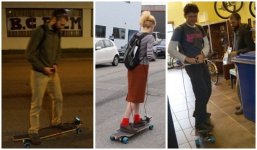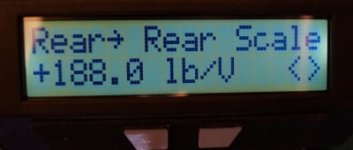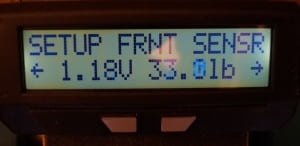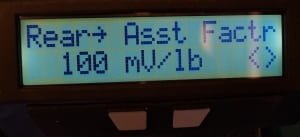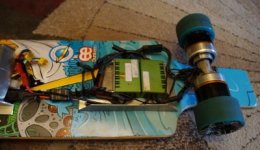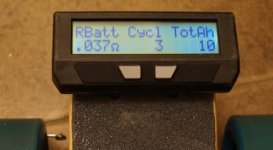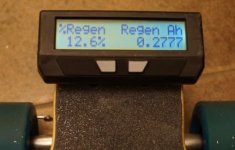sk8norcal
1 MW
montyp said:With respect, I disagree for longboarding. In the case of longboarding its pretty typical to shift your weight forward when accelerating downhill, especially when fighting a wind resistance.
.
i realize that, but its different, that lean forward when downhill is slight, you can go down a hill standing up, the acceleration is constant.
you get the most acceleration on a push board when kicking hard from stop,
you upper torso 'naturally' lean forward, its like sprinting.
leaning forward at 0mph is completely weird to a skater.
its almost like leaning forward for a drop in.
yes, the speed wobble thing i thought about before also,
will it be easier to get wobs under acceleration, from the rear weight bias? possibily...
this is a concern more for high powered setups, especially when doing straight line speed while tucking on the flats.
but i think we are talkin about speeds 40+, which i haven't seen anyone hit yet.
regarding using motors to dampen the wobs,
i dont know much electronics, but that sounds far fetched.
if someone can make it work, i would be amazed.
people have experimented with dampeners but it effects the way the board turns.
wobs is a very interesting phenomenon, depends on many factors, flex of the board, looseness, design, bushings, angle of the truck, etc., and of course on the rider.
today downhill skaters routinely go 40,50,60+ (record is 80+)
mostly due to the "RKP" geometry pioneered by Randal trucks.
IMO, the holy grail for truck design is to have a loose turny truck at low speed and somehow offers stabilty at high speed.
Few riders can ride super loose 50degs and bomb hills,
if someone makes a truck that allows your average rider to do it, that would be something...
(and yes, people have thought about on the fly truck/bushing adjustment based on speed sensors)


